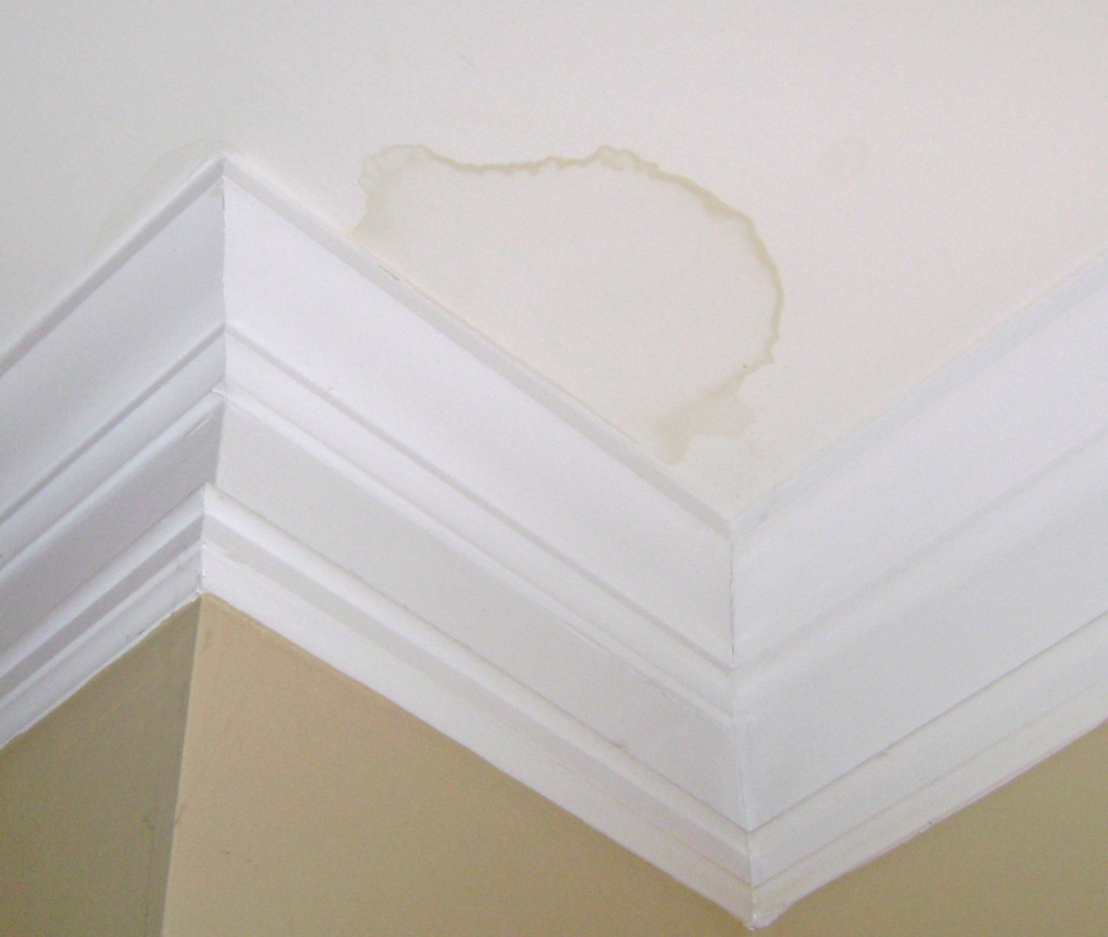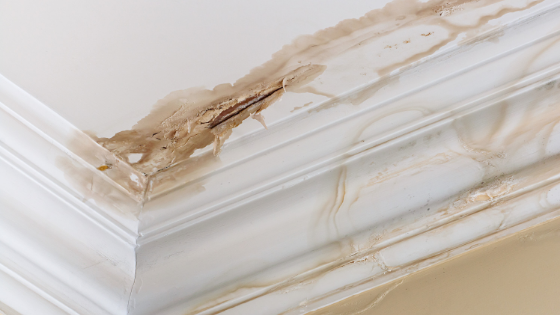When Walls Speak - Deciphering And Fixing Water Stains
When Walls Speak - Deciphering And Fixing Water Stains
Blog Article
Everyone will have their private way of thinking when it comes to How to Remove Water Stains from Walls and Ceilings.

Water stains on wall surfaces are not pleasurable to the eyes. Your house should lack discolorations on the wall surfaces, roofing system, or floors. That is the excellent state of a residence as well as its structures. Yet, sometimes it appears nearly unavoidable to experience water stains on walls in residences.
Property owners living in moist regions regularly deal with the fear of water spots on wall surfaces. With exact and all-round details on the causes of water spots and timely fixing processes, you will constantly be a step ahead of such events.
3 Common Reasons For Water Discolorations on Walls
As opposed to common belief, water stains on walls do not constantly originate from poor structure products. There are several reasons for water spots on wall surfaces. These include:
Moist
When warm wet air meets completely dry cold air, it triggers water beads to base on the wall surfaces of buildings. This happens in bathroom and kitchens when there is heavy steam from food preparation or showers. The water beads can tarnish the bordering walls in these parts of your residence and also infect various other locations.
Damp or condensation impacts the roof covering as well as walls of structures. This causes them to appear darker than other areas of the house. When the wall is wet, it produces a suitable environment for the growth of fungi and microbes. These may have adverse results on health, such as allergies and also respiratory system disorders.
Poor Drain
This will certainly protect against water from permeating into the walls. This links to too much moisture that you see on the wall surfaces of your building.
The leading reason of damp walls, in this case, can be an inadequate drain system. It can likewise be due to inadequate monitoring of sewage pipelines that run through the building.
Pipeline Leaks
Many residences have a network of water pipelines within the walls. It always increases the feasibility of such pipes, as there is little oxygen within the wall surfaces.
A downside to this is that water leak influences the walls of the structure and triggers widespread damage. A telltale sign of defective pipes is the look of a water stain on the wall surface.
Pro Tip
A houseplant in your home additionally increases its humidity. If the residence is already damp, you may want to present houseplants with marginal transpiration. An example of appropriate houseplants is succulents.
Water Discolorations on Wall: Repair Work Tips
Home owners would generally want a quick fix when taking care of water discolorations. Yet, they would soon realize this is detrimental as the water discolorations reoccur. Here are a few useful ideas that will direct you in the repair work of water spots on wall surfaces:
Verdict
No one desires to have water discolorations on wall surfaces in their residence, it can take place to the ideal of us. This post offers you take advantage of, as you currently understand exactly how to manage this incident if it does happen.
It is always best to recruit professional services to help fix the damages in your house.
Occasionally it appears nearly unpreventable to experience water spots on walls in homes.
Contrary to preferred idea, water discolorations on wall surfaces do not always stem from poor building materials. There are several causes of water discolorations on wall surfaces. The water beads can stain the surrounding wall surfaces in these components of your house and spread to other locations.
Right here are a few useful tips that will direct you in the repair of water discolorations on wall surfaces:
CHECKING FOR WATER DAMAGE
Water damage can be costly, and it may begin before you even notice the first signs of trouble. Water damage can cause mold and mildew in your walls and floors, which can create an abundance of health concerns for your family. It can also lead to costly repairs of various appliances and general home fixtures. To avoid the pricey consequences of water damage, here are Warner Service’s top 5 places you should check:
The walls – The easiest place to spot the beginnings of water damage is on the walls and ceilings of your home. If water damage is present, there will most likely be water stains, especially around the windows and doorframes, and/or cracks in the drywall. If a stain looks unusual (discolored to brown, black or gray, raised texture), has a swollen appearance or is soft to the touch, contact a professional immediately. The pipes – To avoid water damage, consistently check the pipes in your kitchen (especially the dishwasher and ice maker), bathrooms, laundry room (specifically washing machines) and basement for corrosion, leaks and water stains. Pay special attention to where the pipes connect in your home and the location of caulking around the bathroom fixtures, including toilets, sinks, showers and tubs. Missing or loose caulking and grout could be signs of leaking water. This seepage can also quickly cause mold and rust, so double check your water heater and tank for wet spots on the floor. The floor – Water damage is very easy to spot on the floor. Look for any warping or buckling of the material, especially in the basement. If your home has wood flooring, look for bright white or dark stains. If your home has carpeting, keep it dry and clean. A damp carpet that smells of mold could cause water damage and health problems. To avoid this, consider installing floor pans under your appliances to help prevent damages from small, slow and undetected leaks. The basement and attic – If your basement or attic smells odd check for mold and mildew around the area, especially the valley where the roof meets. While you are inspecting those areas, check for wall cracks, floor stains, rust and dampness in the insulation. If you live in a colder and/or rainier climate, perform routine checks for water damage from melting snow or ice and rain. The exterior – Check the roof for damaged flashing and missing, cracked or curled shingles. There should also be no standing water anywhere outside your home. This could be caused by puddles, leaky rain gutters or hoses, poor drainage, or short gutter spouts. Invest in a sump pump system or water flow monitoring system, and perform routine maintenance on these outdoor appliances to avoid indoor water damage.

I'm very involved in How to Find and Repair Water Leaking in the Wall and I am hoping you enjoyed reading the entire page. Loved our blog posting? Please share it. Help other people locate it. Thanks a lot for your time invested reading it.
Try Here
Report this page